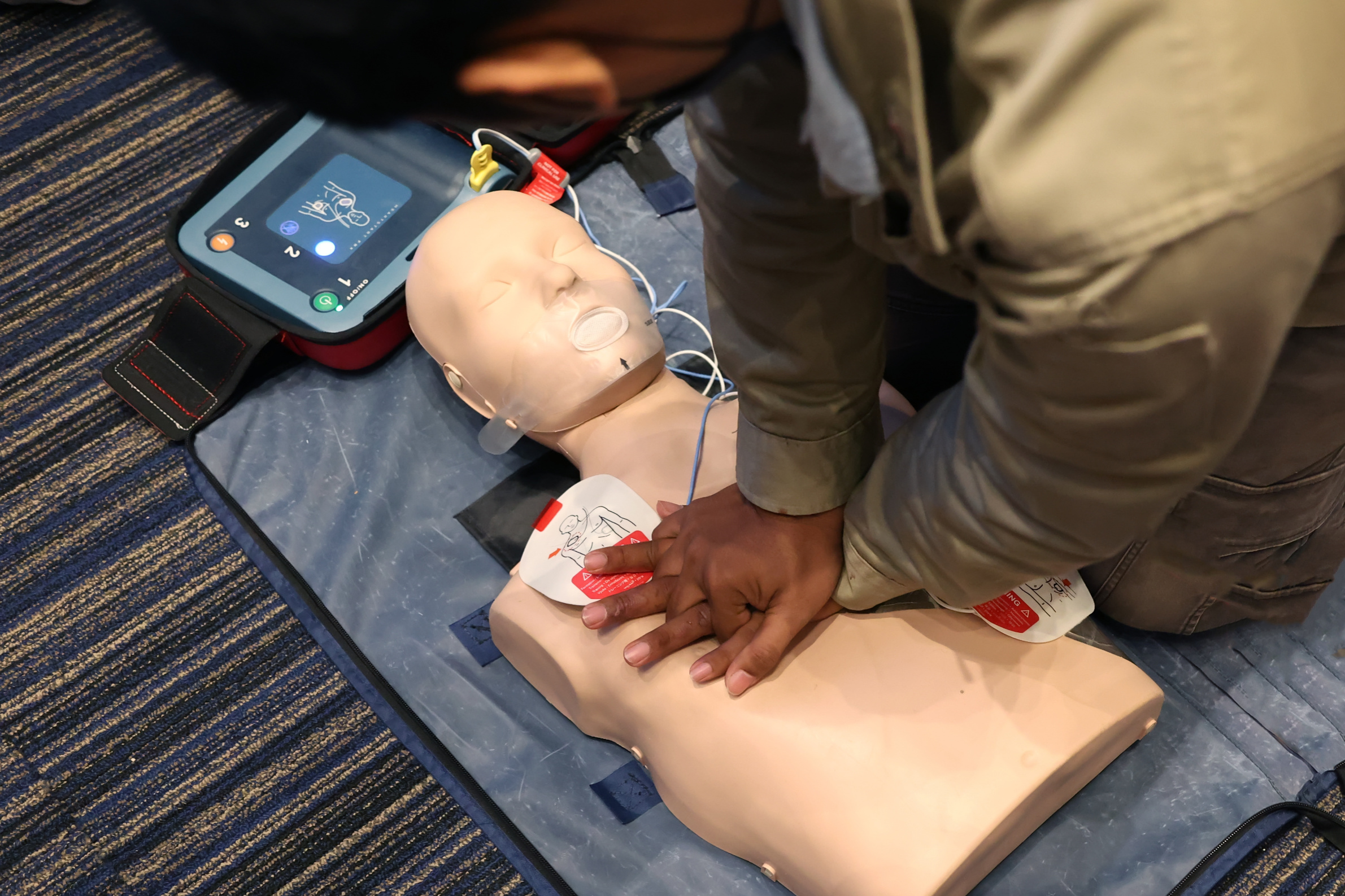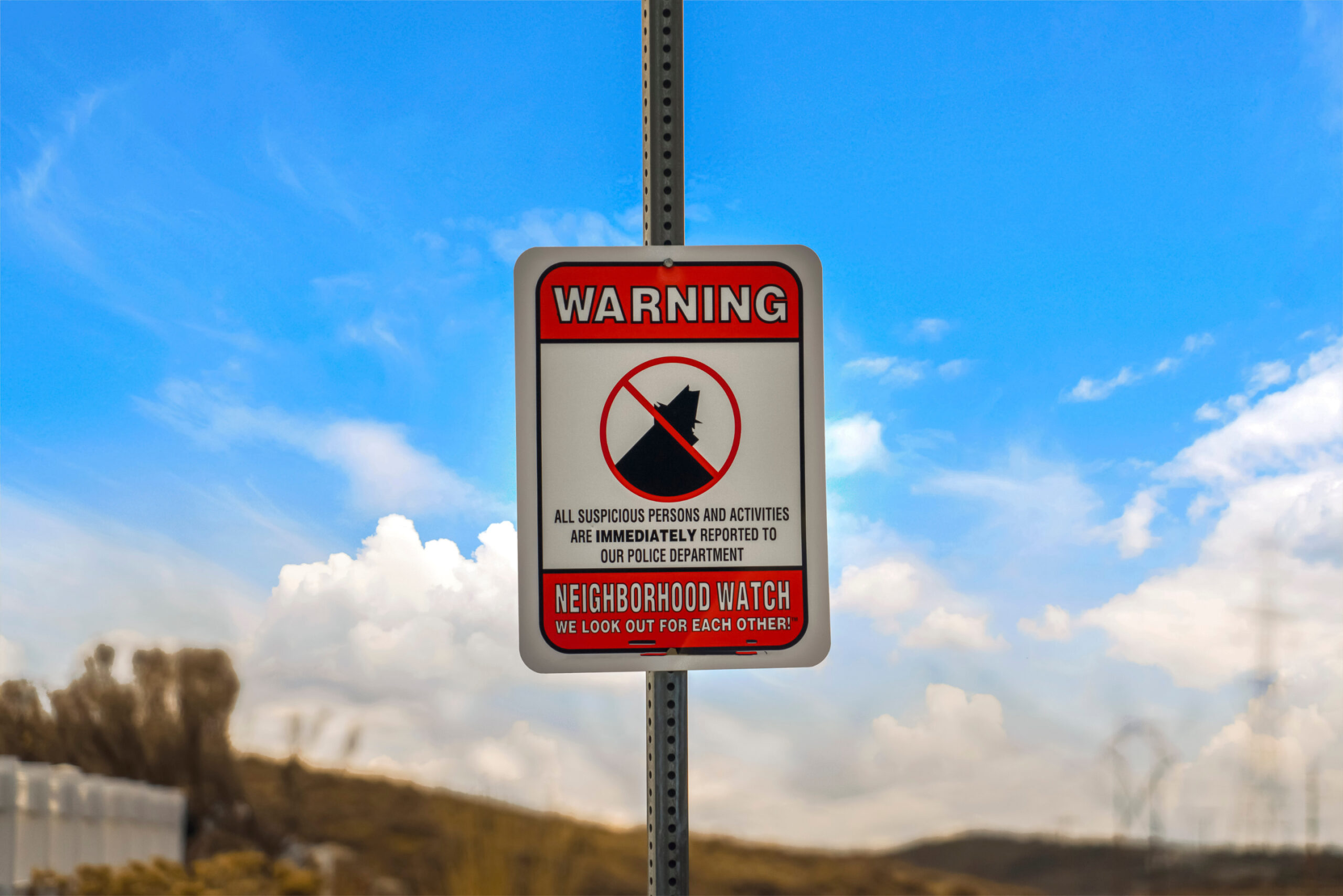After Teen’s Cardiac Arrest, Vermont Schools Will Now Be Required to Prepare for the Worst

A new law signed by Governor Phil Scott this week is being hailed as a potentially lifesaving milestone for student health and school safety. Bill H.480, a wide-ranging education bill, now requires all Vermont schools and athletic programs to implement formal cardiac emergency response plans starting with the 2026–2027 academic year.
The law mandates designated response teams, AED and CPR training, the strategic placement of automated external defibrillators, routine practice drills, and coordination with emergency services. The move comes after persistent advocacy from the American Heart Association (AHA) and a coalition of healthcare professionals, athletic trainers, educators, and families affected by sudden cardiac arrest.
The push gained momentum earlier this year when Milton High School sophomore Dominic Barcomb survived a cardiac arrest during a basketball game, thanks to the emergency plan in place at Spaulding High School. Dominic’s mother, Jenny, joined him in advocating for statewide change to ensure other students would have the same chance.
“I’m here because Spaulding High School had an AED ready, and people knew how to perform CPR,” Dominic said. “Knowing that I could help make a difference for my peers and other kids who may experience a cardiac arrest in the future is incredibly meaningful.”
Roughly 23,000 children under 18 experience cardiac arrest outside hospitals each year in the U.S., and nearly 40% of those are sports-related. Schools with AEDs have a 70% survival rate in children—seven times higher than the national average. In Vermont, however, overall survival from out-of-hospital cardiac arrest remains alarmingly low at just 7.5%.
“This law is so important because it helps build a nation of lifesavers,” said Tina Zuk, Government Relations Director for the American Heart Association. “Only 40% of cardiac arrest victims get the help they need before first responders arrive. CPR performed immediately can double or triple a person’s chance of survival.”
Kyle Peckham, a key voice behind the legislation and athletic trainer at Rice Memorial High School, emphasized the critical need for preparation. “These plans should not be optional. Sudden cardiac arrest is the leading cause of death in sports. Being prepared is the difference between life and death.”
A recent survey by students at the University of Vermont’s Larner College of Medicine found that while more than 200 schools have AEDs, only 84 currently have emergency plans in place. Over the past decade, Vermont has seen 24 cardiac arrests at schools—each one a stark reminder of the need for readiness.
The American Heart Association was joined in support of the bill by a broad coalition of organizations, including the Vermont State School Nurses Association, Vermont Association of Athletic Trainers, Vermont Medical Society, and Cardiac Kids of Vermont.
With the passage of H.480, Vermont becomes one of the few states to take such comprehensive legislative action to improve cardiac emergency preparedness in schools. Advocates hope it sets a national precedent and sparks similar efforts elsewhere.
“This isn’t just a policy change,” said Zuk. “It’s about giving students, teachers, coaches, and entire communities the tools they need to save lives.”
RECENT










BE THE FIRST TO KNOW
More Content By
Think American News Staff











